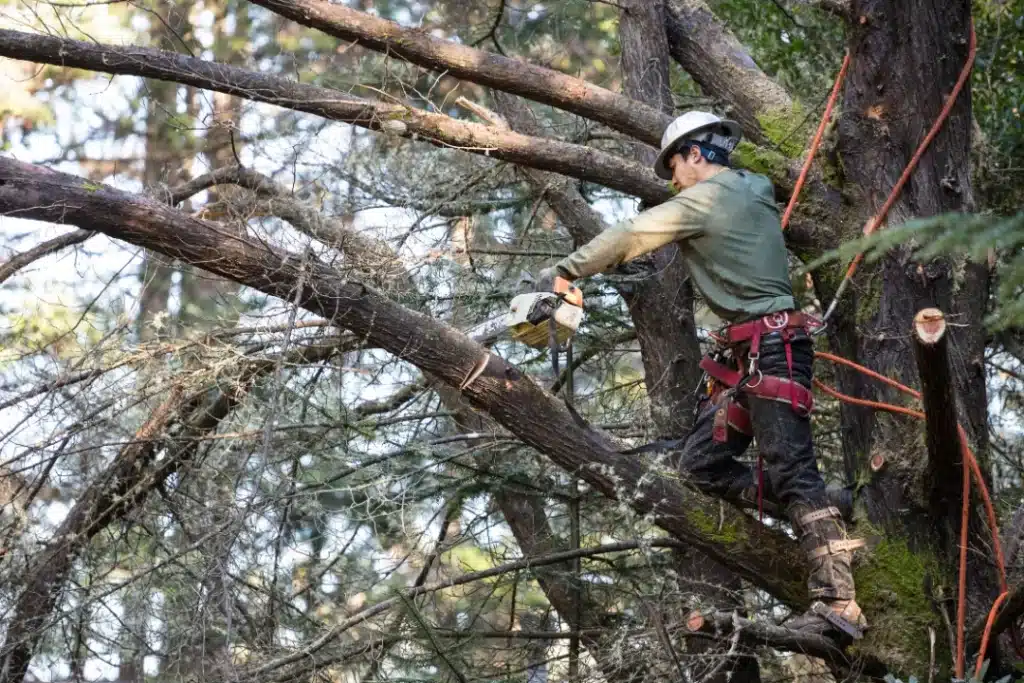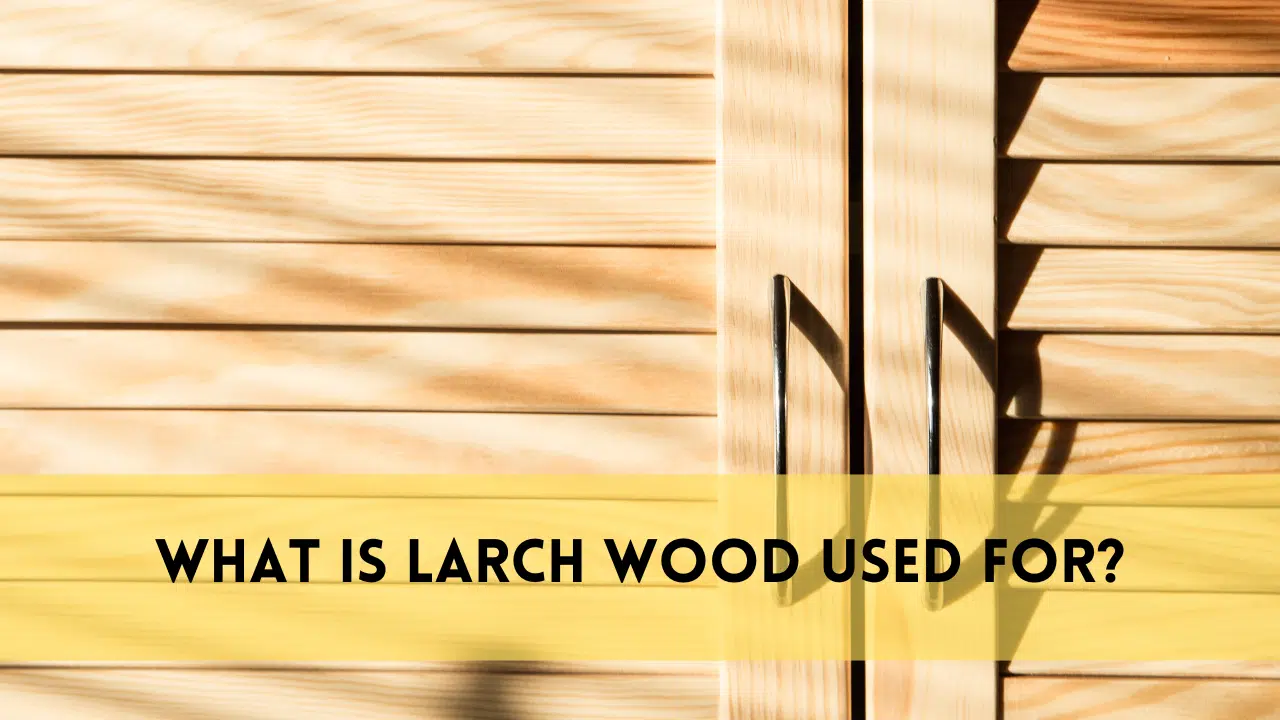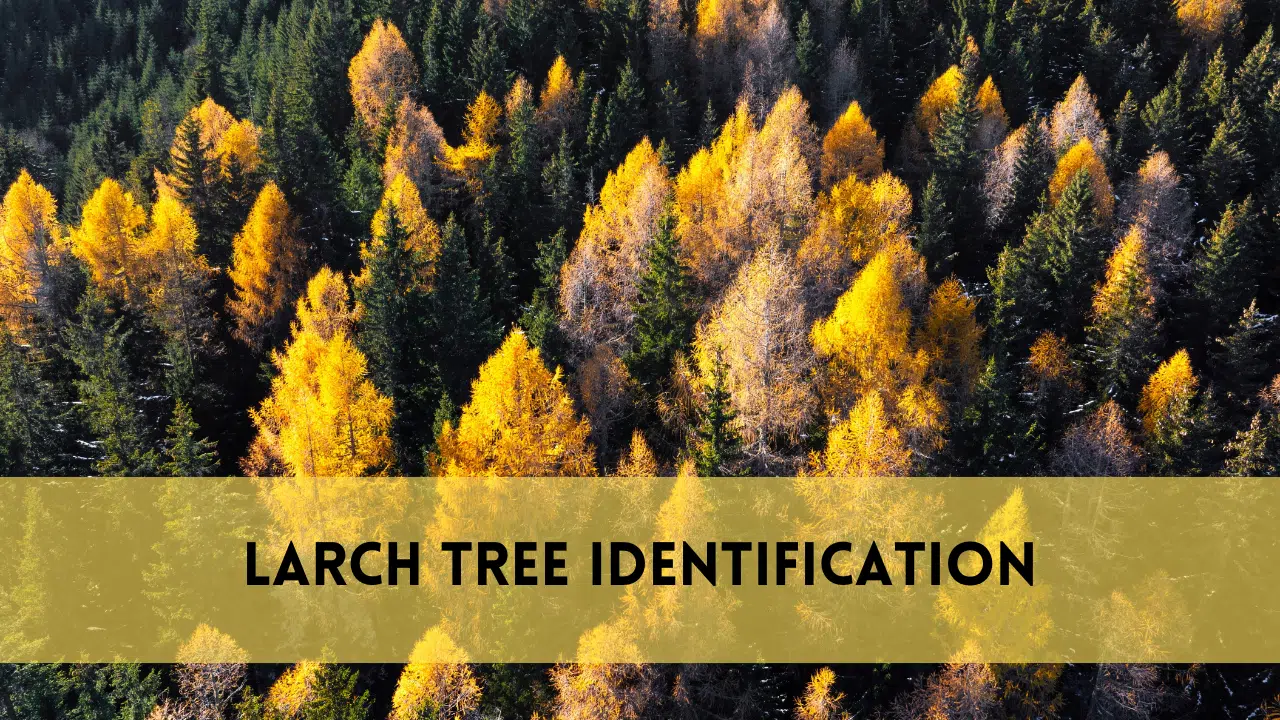Welcome to the ultimate tree limb removal guide, where we’ll reveal the secrets of making your outdoor environment a safer and more visually pleasing retreat. Whether you’re a seasoned DIYer or thinking about hiring a professional, our in-depth investigation has you covered. Dive into the realm of tree care as we discuss limb removal, DIY procedures, professional services, tool selection, typical problems, and commonly asked questions. Learn the skill of strategically removing tree limbs to improve tree health, ensure safety, and build a dynamic outdoor environment.
The Importance of Tree Limb Removal
Understanding the importance of tree limb removal is key to fostering healthy trees and a safe outdoor environment. Prudent removal of dead or diseased limbs not only enhances tree vitality but also prevents potential hazards. By strategically removing limbs, you promote better airflow, sunlight penetration, and overall tree structure. This process reduces the risk of falling limbs during storms, safeguarding both your property and those enjoying the outdoor space. Explore the pivotal role that tree limb removal plays in maintaining tree health, preventing accidents, and elevating the aesthetic appeal of your surroundings.
DIY Tree Limb Removal Techniques
With the correct skills and instruments, DIY tree limb removal may be a gratifying experience. Begin by identifying the limbs that will be removed, paying special attention to dead, diseased, or overgrown branches. For accurate cuts, use equipment such as pruning shears, loppers, and saws. Prioritize safety by wearing protective equipment and maintaining a steady operating platform. Cut just outside the branch collar to facilitate faster recovery. To avoid bark tearing, use a three-cut approach for bigger limbs. To avoid injuries, consider the weight and size of the limbs. DIY tree limb removal provides a hands-on approach to improving tree health and appearance, but for bigger or more difficult projects, it is best to consult with specialists.
Professional Tree Limb Removal Services
Using professional tree limb removal services provides a smooth and skilled approach to improving the health and appearance of your trees. Professional arborists provide a lot of knowledge, employing specialized equipment and safety regulations for accurate limb removal. Skilled professionals examine tree health, identify troublesome branches, and conduct selective removal with little influence on the tree’s overall well-being. Professional services provide exceptional convenience and precision, particularly for huge trees or limbs near structures. By hiring specialists, you not only save time and effort, but you also protect the safety of your property and surrounds. Experience the efficiency and experience of arborists committed to promoting tree health and providing a safer outdoor environment via thorough tree limb removal.
Removing Tree Limbs: Tools and Methods
Tools Needed:
Pruning shears: These are great for making accurate cuts on tiny branches.
Loppers: Because of their longer handles, loppers provide more leverage for thicker limbs.
Pruning Saw: For bigger branches, this tool is essential for making controlled and exact cuts.
Pole Saw: Extends your reach for tall limbs without sacrificing cutting abilities.
Chainsaw: A versatile tool for removing large limbs, but it demands expertise and prudence.
Protective gear: Wear gloves, goggles, and strong boots for your own protection.
Method:
Determine the Limbs: Determine which limbs must be removed, paying special attention to dead, diseased, or overgrown branches.
Determine Limb Size: Depending on the size of the limb, select the appropriate tool.
Make Correct Cuts:
- For tiny branches, make clean cuts immediately above a bud or side branch using pruning shears.
- Loppers are ideal for pruning heavier branches close to the tree collar.
- Pruning saws are useful for bigger branches because they use a three-cut procedure to avoid ripping.
- Pole saws and chainsaws are for long-reaching or large limbs; use caution and follow all safety precautions.
Dispose Responsibility: Collect and dispose of discarded limbs appropriately using local green waste disposal services, or recycle them for mulch or fuel.
Safety Tips:Wear gloves, goggles, and strong boots to protect yourself from injury.
steady Work Platform: Maintain a steady working platform, especially when utilizing ladders or pole saws.
Pruning Techniques to Follow: Cut just outside the branch collar to facilitate faster recovery.
Chainsaw Caution: When operating a chainsaw, use correct handling practices and wear adequate safety gear.
you may effectively remove tree branches using the correct equipment and procedures, adding to the health and attractiveness of your outdoor environment. If in doubt, or for larger projects, seek the advice of experienced arborists.
Common Challenges in Tree Limb Removal
While tree limb removal is useful, it also presents frequent issues that must be carefully considered. Overhanging branches can impede structures and constitute a safety concern during removal. The closeness of limbs to electricity lines demands deliberate planning in order to avoid accidents. Assessing the stability of limbs, especially those damaged by illness or decay, is critical for preventing unintentional falls. Coordination with municipal authorities may be necessary for limbs near public areas or roadways. Taking on these problems necessitates experience, the correct equipment, and adherence to safety regulations. Furthermore, reducing the influence on adjacent vegetation and ensuring proper disposal of severed limbs are critical issues. By negotiating these hurdles with care, you may successfully remove tree limbs, improving the health and appearance of your outdoor environment.
FAQS
Is it essential to remove healthy tree limbs?
While healthy limbs contribute to tree life, intentional limb removal can improve overall tree health. Remove dead or diseased limbs to encourage better development and avoid potential risks.
When is the greatest time of year to remove a tree limb?
Late winter or early spring is optimal for tree limb removal since the tree is dormant, reducing stress. However, dead or dangerous limbs can be removed at any time of year.
Can i remove a tree limb on my own?
With the correct equipment and experience, DIY removal of lesser limbs is doable. Professional help is advised for bigger limbs or trees near buildings.
When and how should tree limbs be pruned?
Pruning trees every 3-5 years is good to their health and structure. However, the frequency of pruning will vary depending on the tree type and the health of the particular tree.
What safety measures should I take before removing a tree limb?
Wear protective equipment, use a solid ladder or platform, and examine the limb’s stability before performing any incisions. If in doubt, seek the advice of a specialist.
How can I get rid of tree limbs that have been cut down?
Use local green garbage disposal services, chop them, or repurpose them for mulch or fuel to dispose of tree limbs sustainably.
Conclusion
Improve your outdoor experience by learning how to remove tree limbs. From do-it-yourself tactics to expert services, this book equips you to make educated decisions for healthier trees and a safer environment. With our experienced advice on tree limb removal, you can take the first step towards a more beautiful and secure outdoor environment.




